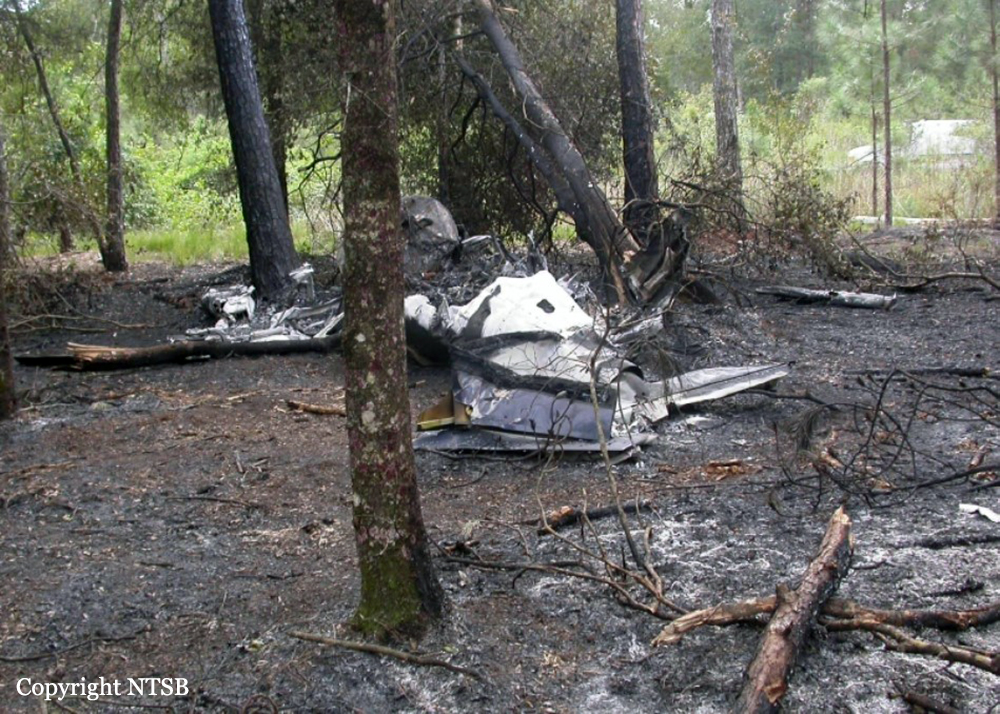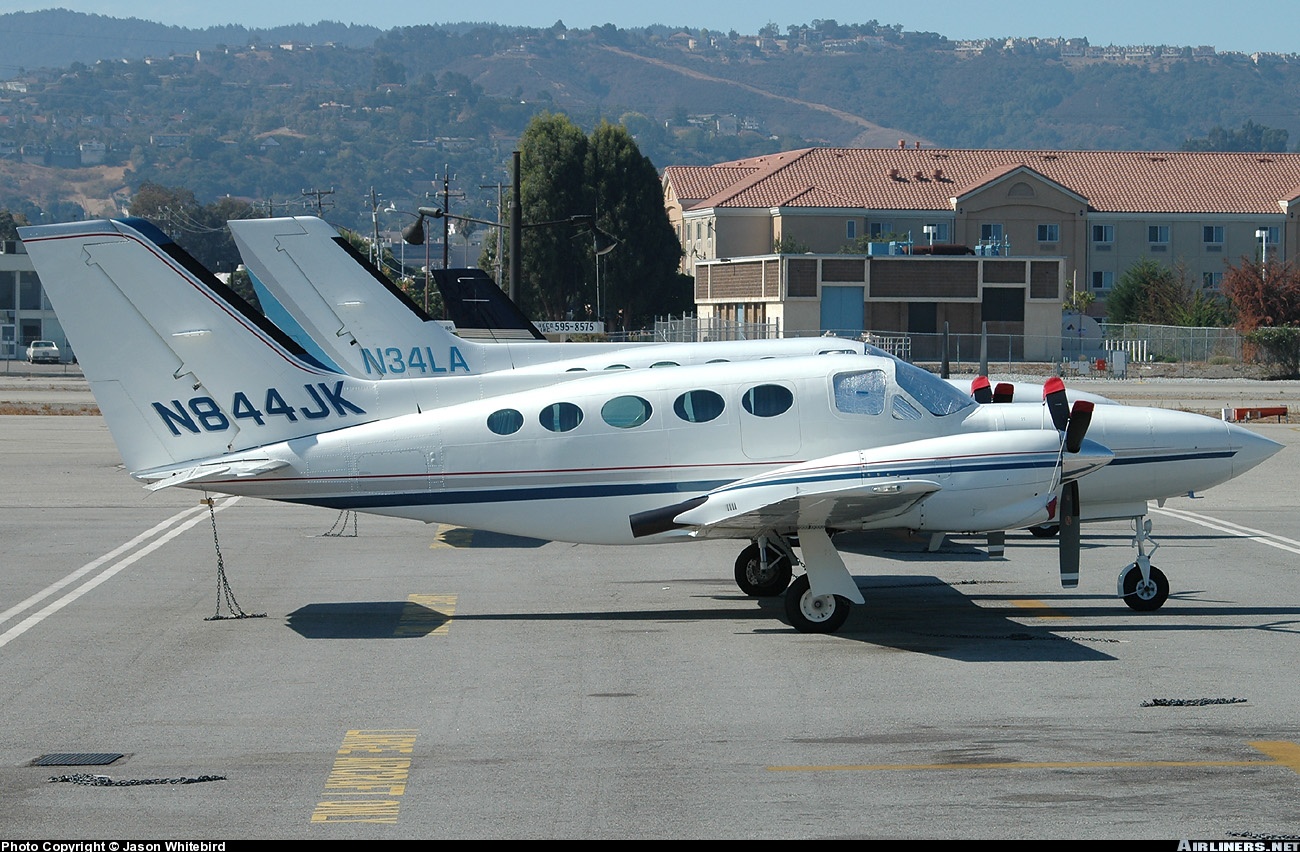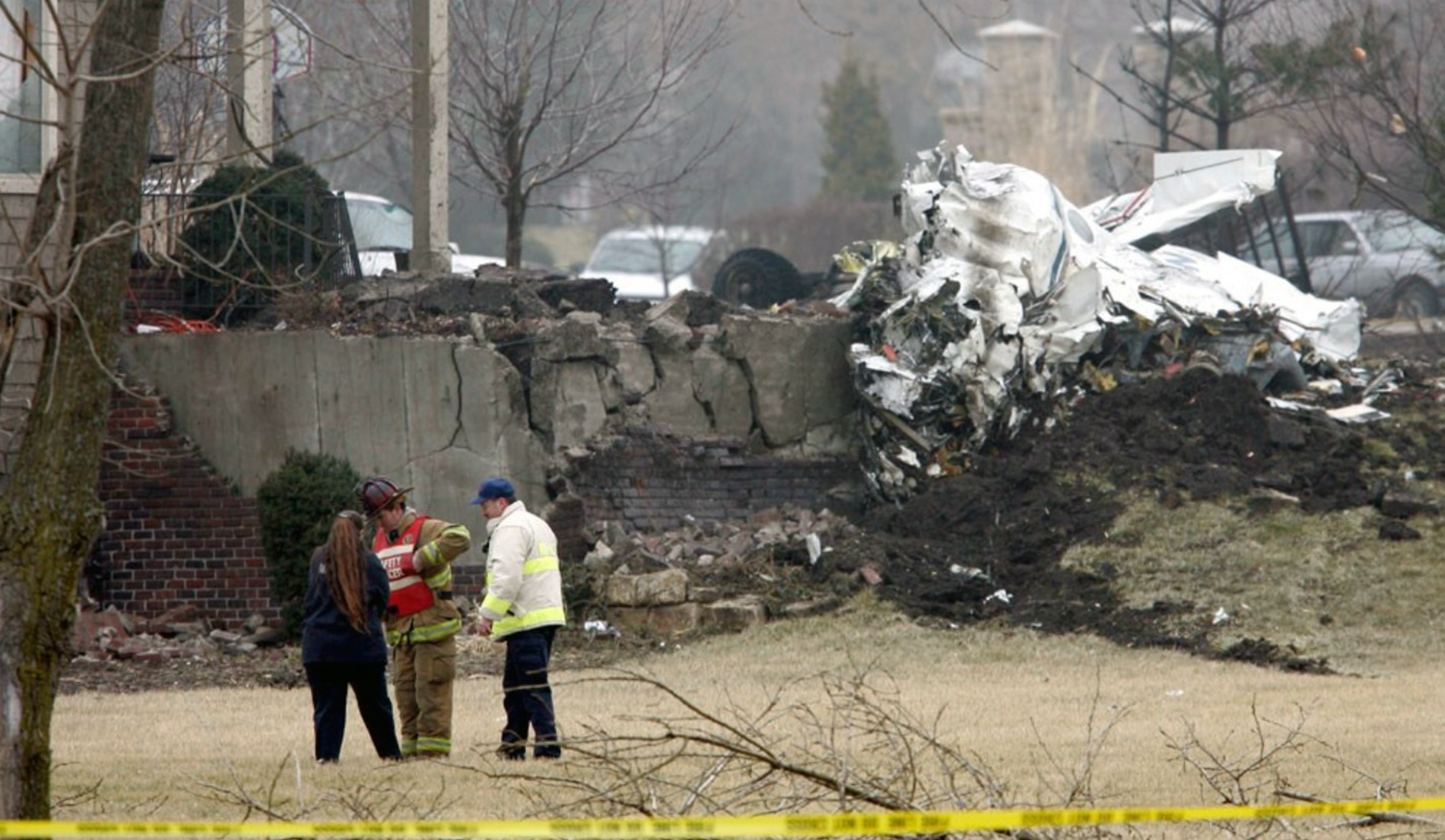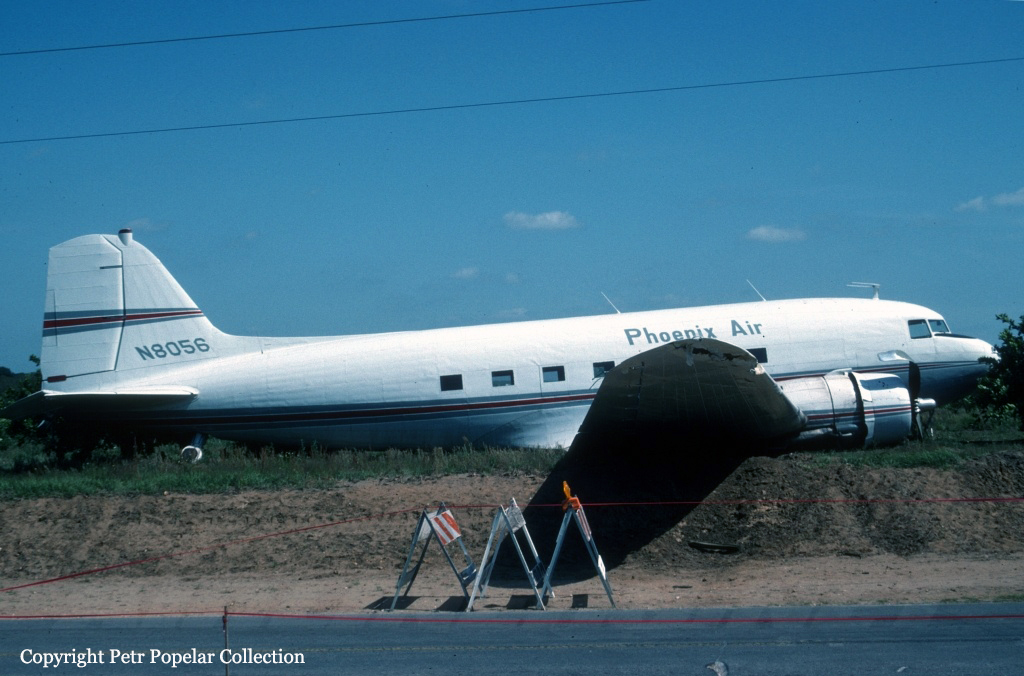Crash of a Piper PA-46-350P Malibu Mirage in Zephyrhills: 3 killed
Date & Time:
Oct 23, 2009 at 2017 LT
Registration:
N98ZZ
Survivors:
No
Schedule:
Gainesville – Lakeland
MSN:
46-36169
YOM:
1998
Crew on board:
1
Crew fatalities:
Pax on board:
2
Pax fatalities:
Other fatalities:
Total fatalities:
3
Captain / Total hours on type:
110.00
Aircraft flight hours:
1893
Circumstances:
The pilot fueled the airplane prior to departure and flew uneventfully for approximately 30 minutes. The airplane then descended to 2,000 feet on approach to the destination airport, during night visual meteorological conditions. About 30 seconds after being cleared for a visual approach, the pilot declared an emergency to air traffic control and requested assistance to the nearest airport. The controller provided a vector to divert and distance to the nearest suitable airport. The pilot subsequently reported "engine out, engine out" and the airplane impacted wooded terrain about 4 miles northeast of runway 22 at the alternate airport. A post crash fire consumed a majority of the wreckage. Examination of the wreckage, including teardown examination of the engine, did not reveal any preimpact mechanical malfunctions; however, the fuel system and ignition system were consumed by post crash fire and could not be tested.
Probable cause:
A total loss of engine power during a night approach for undetermined reasons.
Final Report:





